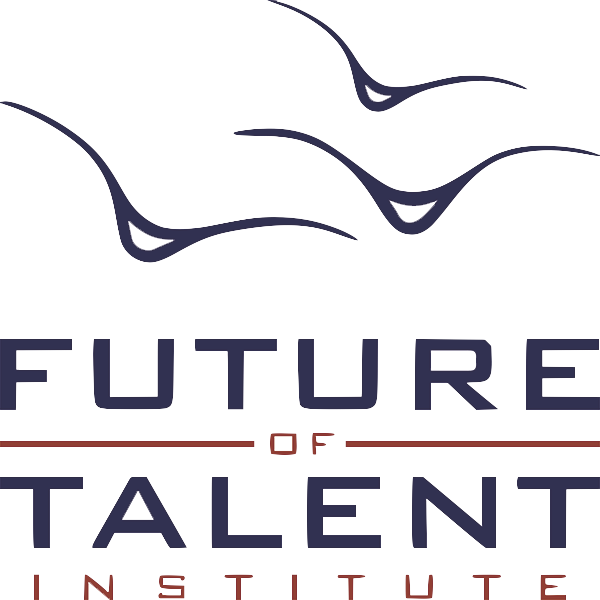Augmented recruitment
Existing talent acquisition functions use RPOs to manage the recruitment for some roles but not all.
The mix of roles taken on by an RPO varies according to industry and employee type. Typically, perhaps 40-60% of roles are sourced and recruited by the RPO, with the rest retained by internal TA. RPOs are often chartered at first to recruit the high-volume roles and over time take on recruitment of professionals. They may have responsibility for advertising and branding, sourcing, assessment, and even hiring. In other cases, their role may be only to source candidates or source and screen them and then turn them over to an internal recruiter.
In most cases, internal TA retains university, senior-level and executive recruitment. The range of RPO services is large and growing and includes many services not offered by internal functions.
RPO can help internal functions scale fast. For example, RPO enabled a large health system to hire all staff levels quickly. They entered into an RPO partnership and set goals that included strategically enhancing the talent acquisition function, ensuring compliance and governance, improving service levels to hiring leaders, and optimizing the candidate experience for internal and external talent.
The result was a 40% reduction in the cost per hire and a $3 million savings in the first year.
One of the other advantages of using an RPO is that a client can have the RPO either utilize their existing ATS and technology or allow the RPO to bring their own proprietary technology to the partnership. Because of their investment in technology, RPOs can usually offer a more comprehensive and integrated solution than firms, allowing greater efficiency and lower costs.
Total recruitment replacement
Many firms find that letting the RPO manage all of their hourly and professional recruitment is an optimal solution. RPOs can provide a candidate experience that maintains the organization’s culture while enhancing or replacing their technology.
Organizations can scale down their internal team to a smaller group of experts with broader and more strategic roles while allowing the RPO to take on the end-toend recruitment process. This lowers their cost by eliminating the need to purchase, upgrade, and maintain recruitment tools and technology and the overhead and salary costs of a recruitment team. It allows maximum flexibility of labor costs and enhances the global sourcing of candidates.
Many firms transition to RPO in stages by letting the RPO support recruiting for lower-level positions and then gradually allowing them to assume responsibility for additional roles.
When transitioning to RPO, the head of talent acquisition at the firm acts as the strategic facilitator of the partnership, responsible for working with the RPO to build a recruitment approach connected back to their organization’s broader people and business goals. The talent acquisition team’s role becomes setting strategy, working to define needed skills, anticipating the future talent needs of the firm, and influencing and coaching hiring managers.
The hybrid recruitment model
Hybrid models are becoming more popular because it gives TA leaders scalability and a variable cost structure so their function and strategy can respond to shifting priorities or external factors.
In the model below, the internal performance office is the strategy development and overall integrator of numerous elements needed for a complete talent picture. It is responsible for ensuring the organization has the skills and people it needs to meet future requirements. Working with an RPO, this office could use the data and analytics collected to prioritize resources, decide what roles might be contingent or permanent, advise senior leadership on the talent marketplace, and develop long-term strategies. It also should set standards and negotiate contracts with vendors, including the RPO.











